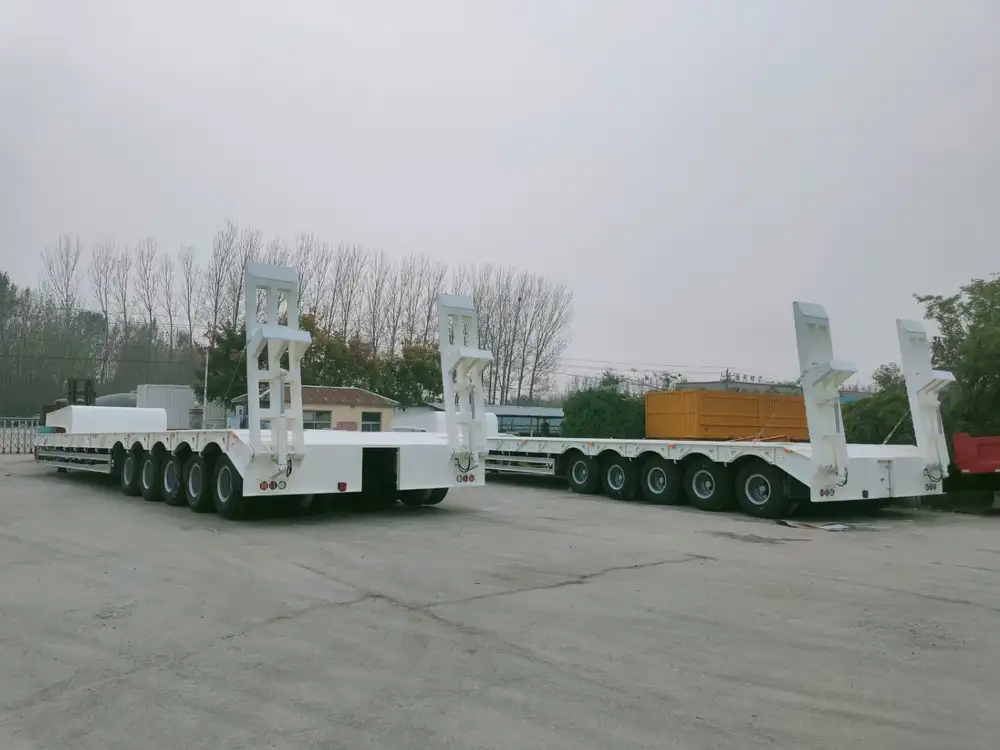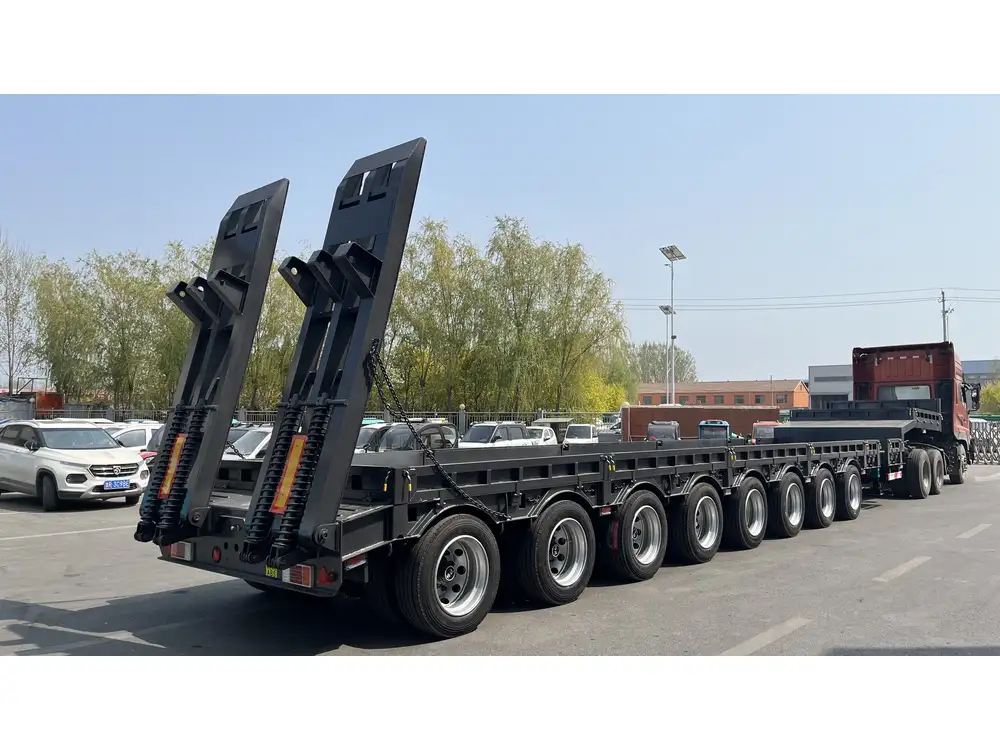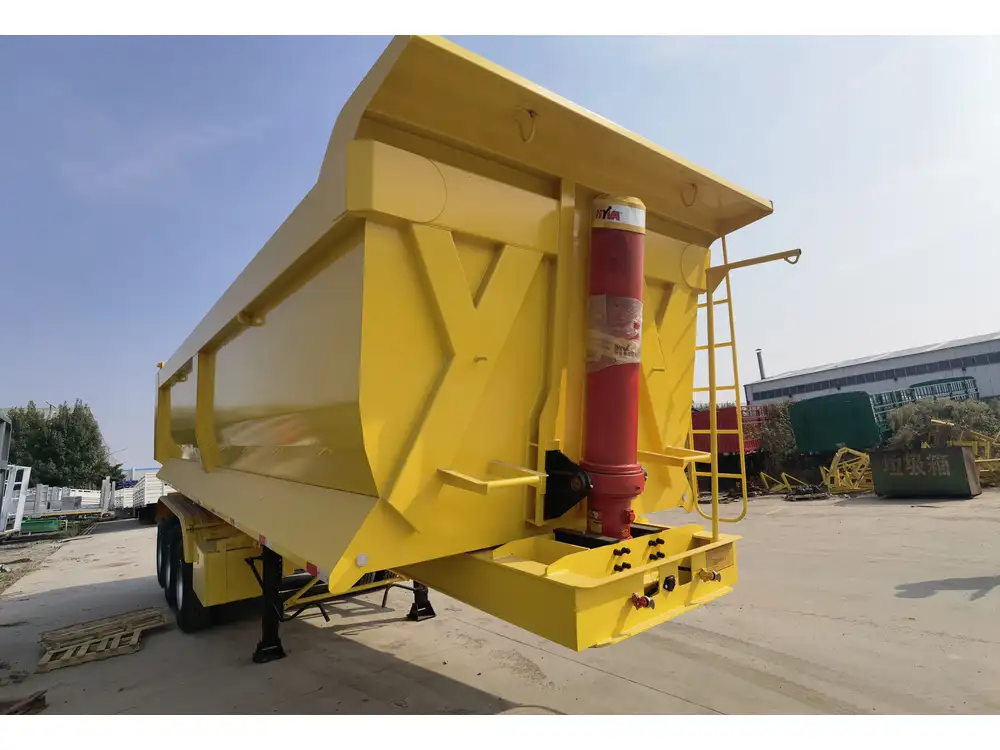Ensuring the safe operation of a semi truck and trailer starts long before the engine roars to life. A thorough pre-trip inspection is not just a best practice; it’s a regulatory requirement. This extensive guide is designed to provide trucking professionals with an in-depth understanding of how to effectively conduct a pre-trip inspection on a semi truck and trailer. By following this meticulous approach, we enhance safety, reliability, and compliance, paving the way for a smooth journey.
Table of Contents
- Understanding the Importance of Pre-Trip Inspections
- Pre-Trip Inspection Checklist Overview
- Exterior Pre-Trip Inspection Steps
- Interior Pre-Trip Inspection Steps
- Trailer-Specific Pre-Trip Inspection Steps
- Common Issues and Solutions
- Final Thoughts on Pre-Trip Inspections
Understanding the Importance of Pre-Trip Inspections
The significance of pre-trip inspections cannot be overstated; these inspections are critical for safety on the road. They help identify potential issues that could lead to accidents or breakdowns, ensuring not only the safety of the driver but also that of other road users. Additionally, they play a crucial role in complying with DOT regulations, thereby preventing fines and enhancing operational efficiency.

Pre-Trip Inspection Checklist Overview
An effective pre-trip inspection checklist integrates a systematic approach covering both the tractor and trailer. Below is a detailed breakdown of what to inspect.
| Areas to Inspect | Description |
|---|---|
| Exterior | Check lights, tires, brakes, and overall trailer condition. |
| Interior | Examine dashboard indicators, safety equipment, and drivers’ comfort. |
| Trailer-Specific | Inspect the coupling device, trailer tires, and proper load securement. |
This structured approach allows for efficient evaluation, enabling any potential issues to be caught early.
Exterior Pre-Trip Inspection Steps
Performing a thorough inspection of the truck’s exterior is foundational to road safety. Here are the crucial steps:
Headlights and Taillights
- Condition Check: Ensure both headlights and taillights are functioning properly. This includes checking for cracks and ensuring that the lenses are clean.
- Adjustments: Check the alignment; improper headlight alignment can impair visibility at night.

Mirrors and Windshield
- Mirrors: Inspect all mirrors for visibility, ensuring they are adjusted correctly to minimize blind spots.
- Windshield Wipers: Ensure wipers are operational, and the windshield washer fluid reservoir is filled.
Wheels and Tires
- Tire Pressure: Use a reliable gauge to check that tires are inflated to the recommended PSI, and inspect for any signs of wear or damage.
- Tread Depth: Examine the tire tread depth to ensure that it exceeds the legal minimum and provides adequate traction.
Brakes System
- Air Brake System: Verify that the air pressure is adequate. A functional air brake system is crucial for safe stopping power.
- Brake Components: Inspect the brake pads and drums for wear and ensure there are no leaks in the air lines.

Fuel System and Lines
- Leak Checks: Examine fuel lines and tanks for leaks, while also checking for any signs of corrosion.
Interior Pre-Trip Inspection Steps
Entering the truck’s cabin, a driver should also inspect the interior vital functions.
Dashboard Warning Lights
- Indicator Function: Start the truck and ensure all warning lights on the dashboard illuminate and then turn off as the truck’s systems check out correctly.
- Fuel and Temperature Gauges: Ensure these gauges are at normal levels before starting a journey.

Emergency Equipment
- Check Compliance: Verify that sufficient emergency equipment is present, including triangles, fire extinguishers, and first aid kits.
- Functionality: Make sure that emergency lights are operational and visible.
Driver’s Seat and Safety Belts
- Safety Check: Ensure that the driver’s seat adjusts properly for comfort, and that safety belts are fully functional and not frayed.
Trailer-Specific Pre-Trip Inspection Steps
Moving on to the trailer, specific checks are required to ensure it’s roadworthy.

Coupling Devices
- Hitch Security: Check that the trailer is securely hitched and that the lock mechanism is engaged.
- Fifth Wheel: Inspect the fifth wheel for wear; proper lubrication should be applied to maximize functionality.
Tires and Brakes on the Trailer
- Braking System: Just like the truck, the trailer brakes need inspection. Check the brake pads and shoes, ensuring they are not worn down excessively.
- Tire Inspection: Similar to the truck tires, check pressure and wear on the trailer tires.
Load Securement
- Verify Loads: Check that all cargo is properly secured using straps and tarps, preventing any shift during transport.
- Weight Distribution: Ensure that the load is evenly distributed to avoid handling difficulties while on the road.

Common Issues and Solutions
Even the most diligent inspections can uncover specific recurring problems. Here are common issues found during pre-trip inspections along with solutions:
| Issue | Solution |
|---|---|
| Low Tire Pressure | Inflate to the recommended PSI before departure. |
| Malfunctioning Lights | Replace bulbs and check wiring connections. |
| Worn Brake Pads | Schedule replacement of brake pads and a thorough brake system evaluation. |
| Loose Cargo | Re-secure cargo using appropriate tie-downs and tarps before starting a trip. |
Addressing these issues proactively can save time, costs, and, most importantly, protect lives.
Final Thoughts on Pre-Trip Inspections
A systematic and detailed pre-trip inspection of a semi truck and trailer is not merely a routine task; it is a fundamental responsibility that ensures safety and compliance in the trucking industry. The outlined steps—covering both the exterior and interior checks—provide a comprehensive approach to anticipate and mitigate risks before hitting the road.
By cultivating a diligent inspection culture among drivers and operators, we foster not only compliance with regulatory standards but also contribute to the overall safety of our transport systems. Investing time at the start of a journey will pay dividends through safer travels, reduced liability, and increased efficiency.
Implementing the practices outlined in this guide will not only ensure regulatory compliance but will also empower drivers with the knowledge and tools necessary for safe operations. Make pre-trip inspections an integral part of your trucking protocol—it’s a small step that leads to significant improvements in safety and performance.



